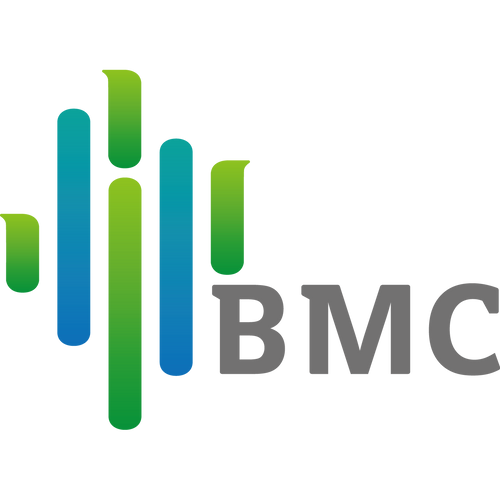Pediatric obstructive sleep apnea is a clinical syndrome in which repeated partial or complete obstruction of the upper airway occurs during sleep for various reasons, causing apnoea and/or hypoventilation and disturbing the normal ventilation and sleep structure of the child, resulting in a series of pathophysiological changes in the body.
People of any age can suffer from obstructive sleep apnea (OSA), with 2%-5% of children suffering from OSA, and probably most common in ages 3-6.
Causes
OSAHS in children has an obvious age-concentrated trend, showing two peaks at 3-6 years old and 12-14 years old. The former is related to hypertrophy of the pharyngeal lymphatic ring, and the latter is related to fat deposition in adolescence according to analysis.
The causes of OSAHS in children include adenoids, enlarged tonsils, obesity, various nasal stenosis, chronic rhinitis, underdevelopment or retraction of the mandible, hypertrophy of the tongue, some congenital deformities or genetic syndromes that affect the development of the jaw, such as Cleft lip and palate (especially after surgery), Downs syndrome, Crozon syndrome, etc., and various diseases that cause laryngeal stenosis, etc.
Pediatric OSAS is associated with a multitude of end-organ morbidities, most of which have been uncovered in the last decade.
A number of clinical studies have shown that the levels of overnight urinary noradrenaline and adrenaline are related to the severity of OSA in children.
Children with OSA have increased sympathetic tone that may contribute to the cardiovascular consequences of the condition.
The cardiovascular complications that may develop in children with OSAS, since are posited to have not only an immediate significant impact on cardiovascular health during childhood but may also affect cardiovascular outcomes later during adult life.
Potential Risks and Complications
- Inattention and behavioral problems such as hyperactivity, impulsivity, rebellion, and aggression
- daytime sleepiness
- Severe OSA may cause growth retardation
- OSA in children can lead to some specific adverse cardiovascular consequences
- Heart problems
- Death can even occur in very young children
Diagnosis
Clinically relevant symptoms, and PSG-determined apnea-hypopnea index (AHI) >1 or hypoventilation.
Significance of Diagnosis and Treatment of Pediatric OSA
Sleep is a fundamental activity of the early developing brain, with the longest hours of sleep required early in life. Newborns need 16-20 hours of sleep per day. During the period of 2-5 years old, the daily sleep time and waking time are equal, and the daily sleep time accounts for 40% of the whole day throughout childhood and adolescence. Sleep-disordered breathing involves the development of children's physique, personality, and cognitive ability. It is a huge and important medical field, not a simple borderline disease. Early treatment can achieve better results.
Treatment
Treatment decisions are individual and are based on a comprehensive evaluation, including nocturnal sleep disruption, daytime dysfunction, physical examination results, and sleep examination results.
- Adenotonsillectomy: It is usually used for children with adenoidonsillary hypertrophy and severe OSA (such as AHI>10 and relevant clinical symptoms), without other diseases.
- Positive airway pressure: It is suitable for children with OSA who have very little adenoid tonsil tissue (AHI>1 and clinically relevant symptoms). CPAP and BPAP are commonly used types of positive airway pressure therapy.
- Orthodontics
- Adjuvant therapy, e.g. avoiding exposure to substances that cause nasal congestion and increased upper airway resistance(such as tobacco smoke), weight loss, supplemental oxygen therapy, nasal breathing retraining, etc.


